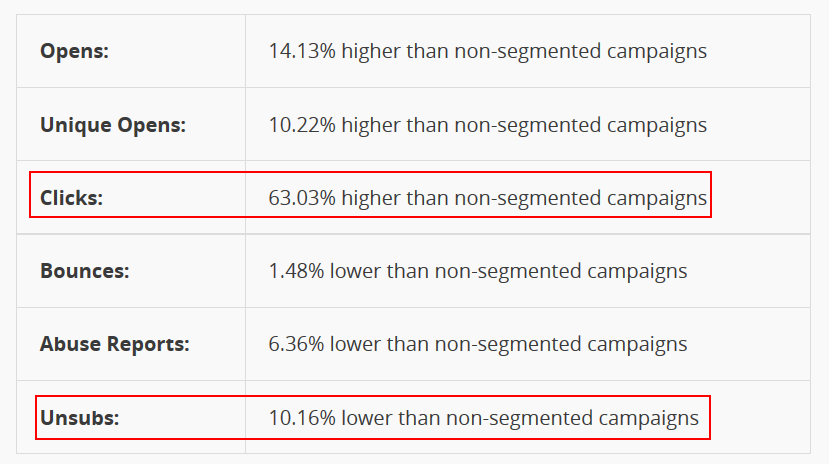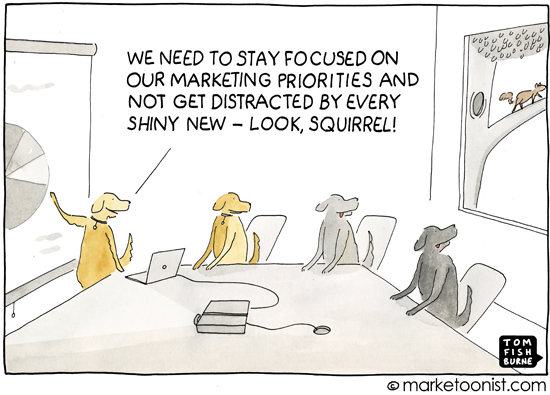Thomas Jefferson gave this Remarkable Business Advice a century ago
Last Updated:
Last Updated:
All, too, will bear in mind this sacred principle, that though the will of the majority is in all cases to prevail, that will to be rightful must be reasonable; that the minority possess their equal rights, which equal law must protect, and to violate would be oppression. – Thomas Jefferson
Thomas Jefferson was correct about the minority rights but when it comes to business not all users or customers are alike.
In reality, we should follow this advice of him when developing products or services or when scaling your business:
We in America are not governed by the majority. Rather we are governed by the majority of those who participate. – Thomas Jefferson

Yes, Thomas Jefferson was talking about the engagement factor of those who take part in a democracy. Like in a democracy, before building new features for your product or service and before removing any existing feature(s) you should first categorize your target based on the engagement factor.
I would like to call this process Customer Engagement Segmentation rather than Customer Segmentation(which is the practice of dividing customer base for product marketing).
For example, if you are running a service where users subscribe to your service by paying a monthly fee.
So let’s divide the user base into two:
The Majority User:-
They are…
….
The Minority User:-
They are…
….
Note: You must have a minimum of 10 users before your start categorizing users into two blocks and categorization has nothing to do with product/idea validation.
Email Marketing:
Email segmentation and personalization is important because without it, you’re writing emails for a specific type of person and sending it to everyone, whether they fit that type or not. It’s like having a secret to tell your 5 best friends and then announcing it on the 11 o’clock news. – conversionxl.com
Segmentation is effective when it comes email marketing, see the results from a MailChimp study

Support
You can categorize your paid users who are complaining frequently and support them through different modes.
For example, people learn via different modes, visual, auditory, reading/writing, and kinesthetic. Some people will learn quickly by reading a knowledge base, others may need a video.
Sales
Let’s take the example of Amazon.com, they never started with a large array of products. First, they targeted the book market and they acquired an active segment of customers who bought regularly and referred others. Only after conquering it they moved to other stream like CD’s, software etc.
Now try segmenting your clients and do the sales, it will work wonders!
Ecommerce
Categorize your best customers and analyze their purchasing decisions/preferences and specifically market to them. By doing so, you can easily improve the conversion rate of your eCommerce marketplace or store.
Years ago we built a VoIP service based on SaaS model(subscription) for one of our clients based in Australia. Currently the service is having more than 3000 daily active users with another bunch of 5000 inactive users plus hundreds of re-sellers.
When we launched the VoIP service, there were a lot of early adopters because of the service’s value proposition who requested a multitude of features. And we accommodated all the feature requests out of client pressure(although we hated it).

But 95% of those early adopters never really used that service to the fullest and they went looking for another shiny object.
The real problem was that we failed to categorize the feature requests. And we failed to think strategically whether these requests are a good fit for their business model. Infact, we said YES to everyone and the end result was a VoIP service with lots of unwanted features.
Minority’s voice should always be heard; but majority’s needs must be fulfilled.
1. Stick to your product/company’s vision or else it will become a product or service that nobody needs. I’m not advocating the Tyranny of the majority here 🙂
2. Help your user/customer to achieve his/her’s the most important task. Don’t overwhelm your beloved user/customer